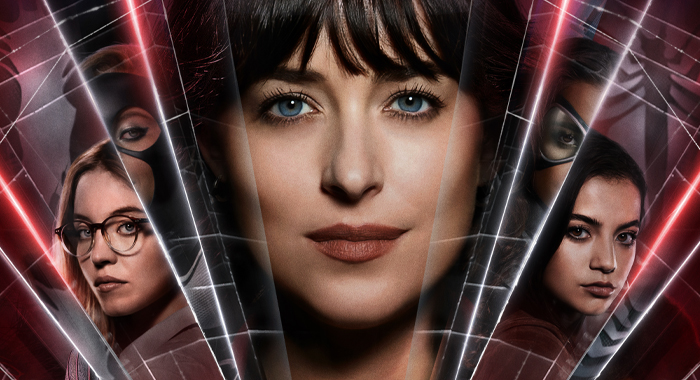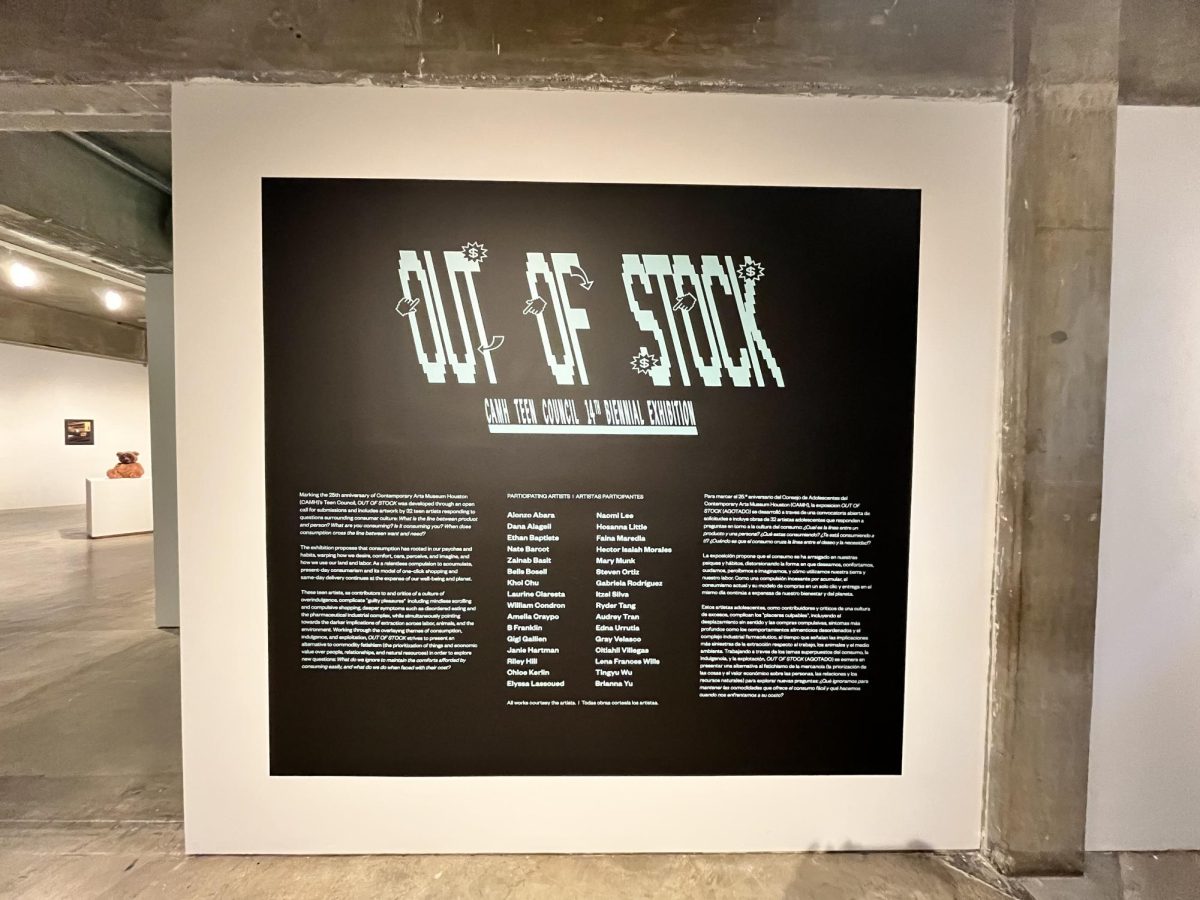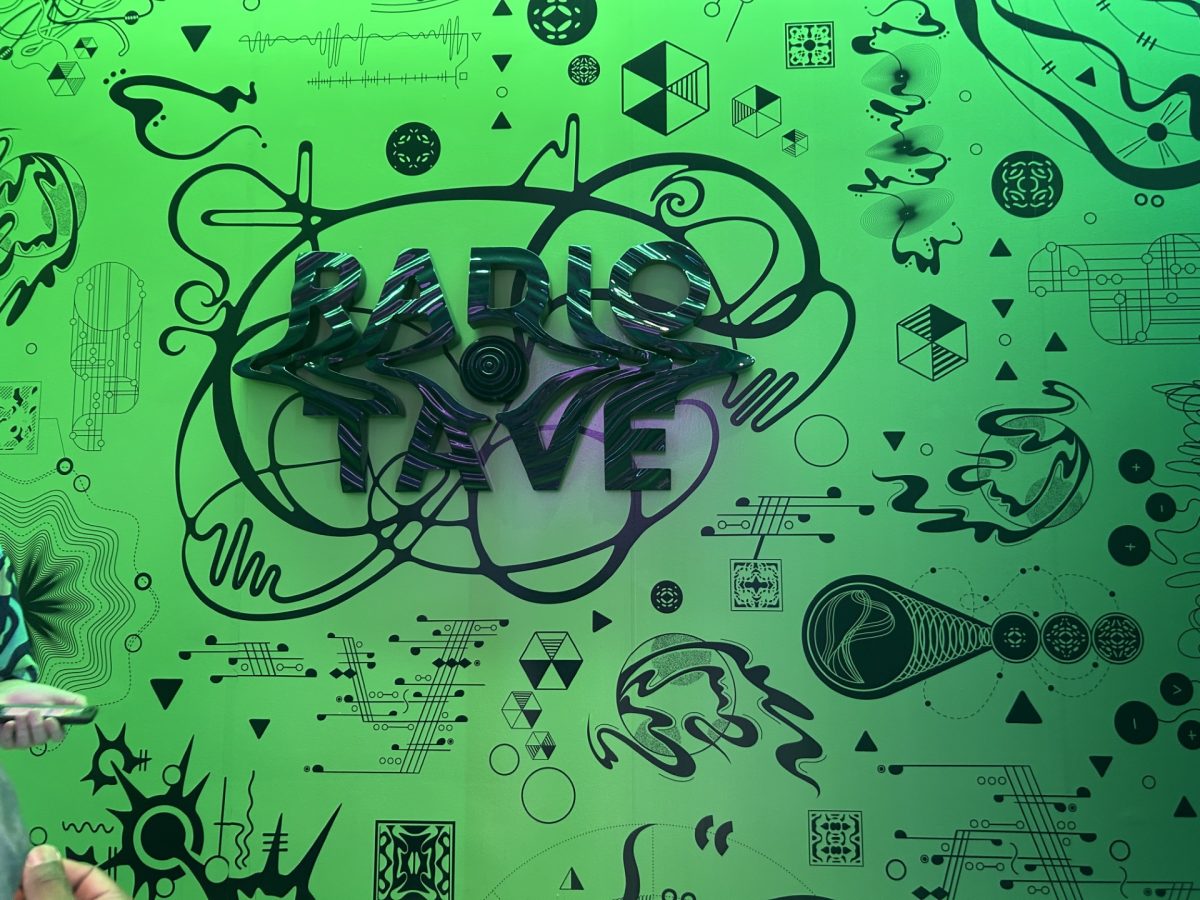DISCLAIMER: This review will contain minor spoilers about Madame Web.
About an hour and 54 minutes after preview trailers ended, we came to the shocking realization that “Madame Web” was not a Marvel movie. Sure, there were some clues along the way: the movie hadn’t begun with the classic tomato-red logo, the CGI was downright silly, and the entirety of the movie could’ve been misconstrued for a two-hour-long Pepsi ad, but we thought that was understandable. It’s common knowledge that the 2010s, Marvel’s golden era is long gone. Which, theoretically, would leave other production studios, like Sony, to pick up the slack. But if the two hours we spent trying to stay focused are any indication, “Madame Web” is just another flop among flops. Just from Sony Pictures, instead of Marvel, this time.
With a mere 12 percent Tomatometer and a 3.8/10 on IMDb, it may have been the worst superhero film yet. To put these numbers into perspective, “Morbius,” the worst Marvel-esque movie that we’ve never seen, has a Tomatometer rating of 15 percent and a 5.2/10 on IMDb.
Released on Valentine’s Day and directed by S. J Clarkson, the movie follows the perspective of Cassandra Webb (Dakota Johnson), a paramedic who suddenly develops the power to see and change the future. Time begins to run out for Cassie as she discovers that her destiny is entwined with three young women (Sydney Sweeney, Celeste O’Connor and Isabela Merced,) a group slated to become future Spider-Women. She comes to the grim realization that the film’s power-hungry (of course) supervillain, Ezekiel Sims (Tahar Rahim), who foresees the Spider-Women trio as his killers, attempts to kill them first.
While the movie’s characters are adapted from the original Marvel Comics, (albeit with some massive creative liberties taken,) the studio that produced “Madame Web” is none other than Sony Pictures Entertainment, the company behind the animated “Spider-verse” series. However, the reception of the two could not be more different.
Part of the issue can be attributed to the tricky copyright claims that Marvel Entertainment and Sony Pictures Entertainment share. For context, Sony bought the rights to the Spider-verse (as in Spider-man’s “universe” and its inhabitants) from a near-bankrupt Marvel in 1999. In the early 2000s, Sam Rami, director of the Amazing Spider-Man trilogy (featuring the iconic Tobey Maguire,) launched the Spider-Man character to stardom. They led to immense financial success for Sony, and by default, Marvel. The profit, combined with the success of 20th Century Fox’s “X-Men” series saved Marvel. The MCU’s overwhelming success in the 2010s and arguable domination of the superhero film industry has led Marvel and Sony to strike another deal, one that returns the Spider-Man character to Marvel, while supporting Spider-verse characters remain Sony property.
However, an integral part of the initial, pre-2000 deal was that Sony would need to produce a Spider-verse film approximately every six years to retain the film rights. These required films don’t have to be good… which is where we think the issue stems from. From the initial tensionless action scene to the villain’s inevitable demise, it’s clear that Sony doesn’t care, despite the film’s 80 million budget.
Due to some…interesting creative decisions, “Madame Web” failed to meet our already low expectations, despite the limitless potential of the source material. Madame Web first appears in “The Amazing Spider-Man No. 210,” where, as a psychic, she serves as little more than Spider-Man’s source of intel. In the original, Cassandra has an autoimmune disorder, called myasthenia gravis. This chronic condition causes her skeletal muscles to weaken, confining her and prompting her science-genius husband to give her a life support system that both regulates her bodily functions and spreads out behind her in a spooky web-like manner for maximum visual effect.
The character design itself is completely different. Instead of Dakota Johnson’s goofy yet detached portrayal, the comic’s Madame Web is somewhat reminiscent of Disney’s animated Cinderella’s wicked stepmother. She, too, could be evil, with fingers that taper into points, a harshly angled widow’s peak, and limbs precisely arranged in her seat.
The original character offers a solid foundation for development, with both compelling source material and enough ambiguity to further expansion. However, the writing failed to capitalize on these things. Despite the two-hour runtime, character and plot development remain minimal. The actors lack synergy with their characters, and the film’s heavy reliance on ADR, jump cuts and uneven pacing exposes numerous plot holes. Viewers have even pointed out that despite the budget of 80 million dollars, the film reuses an entire clip from 2004’s “Spider-Man 2.”
In addition to the underdeveloped plot, the movie makes more of an effort to tell you what you need to know rather than showing you it at all. Not even a fourth of the way into the movie, the villain, Ezekiel Sims, straight up tells Cassie his entire plan to murder the three women as they will become Spider-Women that will kill him, despite Cassie having no clue of who he is and who or what Spider-Women are.
“Madame Web” is yet another generic superhero film, the latest installment in a never-ending series of origin stories that attempt to belatedly recreate the allure of the original Marvel cast. But none of the old charm is there; none of the characters that audiences know and love can even be featured. Sony Pictures Animations attempts to recreate Marvel’s tried-and-true formula of individual origin movies, in which the characters within each eventually form a superhero team. Essentially, the purpose of this method is to expand the franchise through separately successful movies, allowing audiences to grow even closer to the characters they know and love.
In retrospect, Sony’s motives shine through when considering many of the film’s characteristics. For example, none of the supposedly powerful Spider-Women even gain superpowers in the movie. Their motivations and backstories for becoming Spider-Women are never even mentioned unless you count having unavailable parents being the superhero pipeline. The movie ends with a hinted-at sequel. (Uh, oh.) In addition, if you didn’t know earlier, Sony has a brand deal with Pepsi, something that becomes clear after endless unnecessary product placements. Their weak attempts to set up further movies and overt emphasis on profits make the ultimate reason why “Madame Web” sucked obvious.
“Madame Web” is little more than a money grab. It reveals the profit-driven politics of the film industry that stifle creativity and diminish the quality of entertainment for the dedicated fans (not us though) of these franchises. These low-quality movies are simply a means for Sony to leverage their Spider-Man IP, hoping to increase sales based on the name recognition of the Spider-verse alone. Unfortunately, this means that the future of Sony Spider-verse films is pretty bleak.











Nadia Talanker • Mar 4, 2024 at 1:32 pm
my favorite part of madame web was when she said “i’m webbing!” and started webbing all over the place